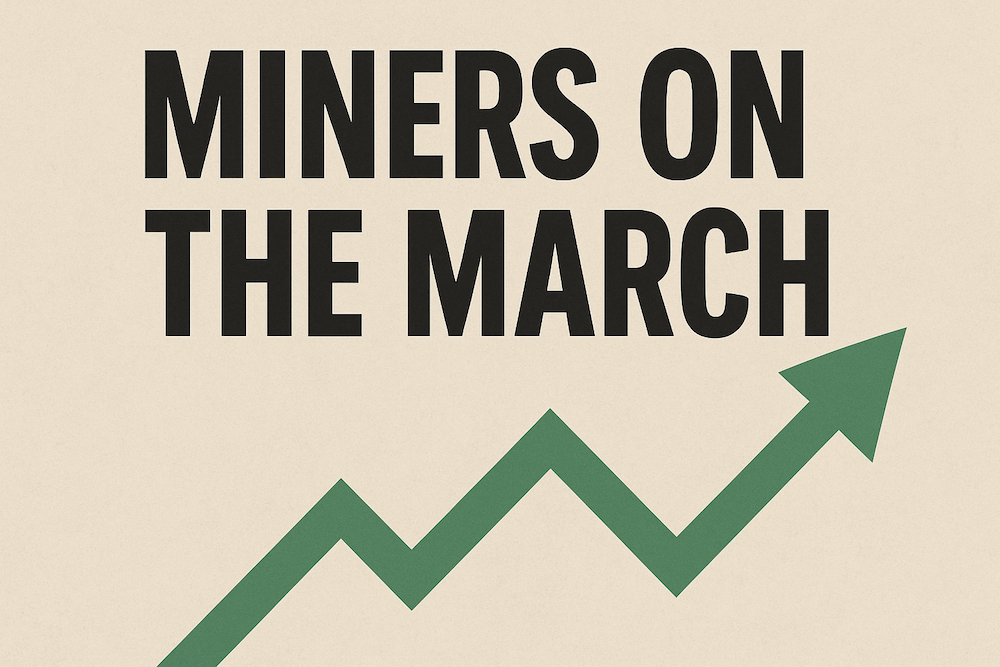
Posted April 04, 2025
By Sean Ring
No More Mr. Nice Empire
Social media's vitriol about Trump’s tariffs has been a hodgepodge of anger, misunderstanding, and resentment.
As a free trader, tariffs wouldn’t be my first answer to a country’s problems. But if I were trying to give my people breathing room to rearrange the economy in their favor, this is undoubtedly a lever I’d pull. So while I understand economic theorists going wild over this, I also get why The Donald thinks this is a good idea.
But instead of getting deeper into the weeds today, I thought a “Big Picture Friday” would be better. How did we get ourselves to this point? Why is the game suddenly changing? And what’s coming in the next few years?
The Fall of the Soviet Union
To my mind, an era is ending. That era began in 1989, when the Berlin Wall fell, continued to open up when the Soviet Union collapsed in 1991, and ended at Trump’s 2024 election. It was 35 years of American dominance and exceptionalism: the unipolar world. No one could touch the U.S.’s military, technological, and economic power.
Once the Soviet Union fell, America declared victory in the Cold War. In 1992, Francis Fukuyama wrote perhaps the most naive book of all time: The End of History and The Last Man. In it, Fukuyama wrote that humans reached “the end-point of mankind's ideological evolution and the universalization of Western liberal democracy as the final form of human government.”
You may not remember, but everyone in America bought that idiotic idea. China’s ascent was still too far in the rearview mirror for us to see. Michael Pillsbury, one of Henry Kissinger’s mandarins, wouldn’t write The Hundred Year Marathon, detailing how Kissinger gave China America’s tech secrets in exchange for siding with us against the Soviets, until 2015. Needless to say, that plan failed spectacularly.
Over the next few years, America would discover it had practically unlimited economic power and an unrivaled military.
The Roaring 90s
Alan Greenspan’s off-the-cuff comment about the market’s “irrational exuberance” at an after-dinner speech in December 1996 sank the Dow Jones Industrial Average 300 points the following morning without any policy change. People in the know claimed the Fed Chairman was more powerful than the President of the United States, Slick Willie Clinton.
Then, in April 1999, British Prime Minister Tony Blair embarrassed Clinton in his speech to the Chicago Economic Club, arguing for intervention in Serbia. Clinton was rightly against America cleaning up Europe’s mess, but looked weak and ordered the intervention. There was just enough blood spilled to give the neocons a taste for it, setting the stage for the post-9/11 preemptive strikes that have cost the U.S. untold blood and treasure.
The Early 2000s
At the end of the Clinton presidency, the tech bubble burst (March 2000), and, lesser known, new Russian leader Vladimir Putin asked Clinton if Russia could join NATO. Clinton had “no objection,” but the U.S. military-industrial complex wouldn’t have any reason to profit from war - they didn’t see China’s rise coming - so they vetoed the request. Imagine what our world would look like now if Russia had been admitted.
In 2000, UK Chancellor of the Exchequer Gordon Brown sold off Britain’s gold in what was known as the “Brown Bottom.” The UK received between $250 and $300/oz.
The Nasdaq would end its bear market in 2003, as the Fed blew up the real estate bubble. Meanwhile, the “Chimerica” integration was gaining full steam. We bought their T-shirts, and they bought our T-bonds. Rinse and repeat.
By 2006, the world was stuffed with U.S. T-bonds and mortgage-backed securities, those insidious real estate products. Remember when we thought real estate prices would never decrease? Ah, part of me misses being that naive!
All this while, Blair’s UK had the bright idea of importing foreigners who’d be grateful for the chance to live in the UK, and, of course, vote for Labour (Blair’s party). France had already done this with the Algerians, and Germany had done it with the Turks.
In 2007-2008, the dominoes fell. Real estate, money markets, bonds, and, finally, the stock market, all succumbed. But it wasn’t just a U.S. crash. Because the world was stuffed with U.S. paper, it became a worldwide contagion.
In 2009, Fed Chairman Ben Bernanke opened the spigot with QE. By March 2009, the crash had stopped and started to reverse.
The 2010s
America had recovered first, with a roaring bull market that would last until the decade's end. However, gold rallied hard through the noughties, thanks to the excessive money printing, peaking in 2011 at $1,900/oz. It would then enter a prolonged slumber.
Europe was a mess in 2011, as the PIGS (Portugal, Ireland, Greece, and Spain) needed the ECB’s help staying afloat. Italy and Iceland would later be added to the butcher’s bill.
Thanks to Europe’s sovereign debt crisis, we had excessive money printing on both sides of the Atlantic.
In 2015, Syria and Libya fell, and Angela Merkel waved millions of migrants through Europe’s gates. The consequences of this are being keenly felt to this day. The foremost is how the migrants are often treated better than citizens.
By 2016, the Brits had had enough and voted for Brexit. Not to be outdone, Donald Trump won the U.S. presidential election a few months later.
This is when the tide began to turn in earnest.
However, execution matters more than ideas. After winning the 2019 election in a landslide, UK Prime Minister Boris Johnson screwed up Brexit by negotiating a terrible deal. Trump, against his better instincts, allowed the world to be shut down over the scamdemic and lost the 2020 election to a barely conscious Joe Biden.
The First Half of the 2020s
Joke Biden doubled down on Trump’s mistake of stimmy checks, igniting the non-transitory Bidenflation that would tank the stock market in 2022. Russia would invade Ukraine to protect its underbelly from further NATO expansion. The U.S. neocon who egged on Ukraine, Victoria Nuland, would be ousted from government ignominiously.
After sanctioning Russia, BRICS countries started replacing their U.S. Treasury holdings with gold, kicking off a rally with gold trading at over $3,000/oz.
Merkel and former French President Francois Hollande would admit lying to Putin about the Minsk Agreements, firmly entrenching Russia in China’s camp. It may be the most significant strategic blunder in Western diplomatic history. If the West is happy to blow up diplomacy and its pipelines to Russia, Russia is happy to supply gas and oil to China.
As countries lose faith in the U.S. dollar and its debt (now over $36 trillion), something had to be done. And so, the tariffs.
Wrap Up
What we’re witnessing isn’t just another round of tariffs — it’s the closing bell on a decades-long era of American benevolence, free trade dogma, and geopolitical naïveté. Trump’s tariffs aren’t just economic policy; they’re a signal. The United States is no longer willing to subsidize the rise of its rivals, bankroll bloated alliances, or let ideology override self-interest.
After 35 years of unipolar dominance — and the many self-inflicted wounds that came with it — the U.S. is moving toward transactional realism. If history teaches us anything, great powers don’t stay great by giving everything away for free.
This isn’t about isolationism. It’s about recalibration. And whether or not you like Trump, he’s the first president in decades to say aloud what many have whispered for years: the old game is over. A new one is beginning.
Time to play to win.
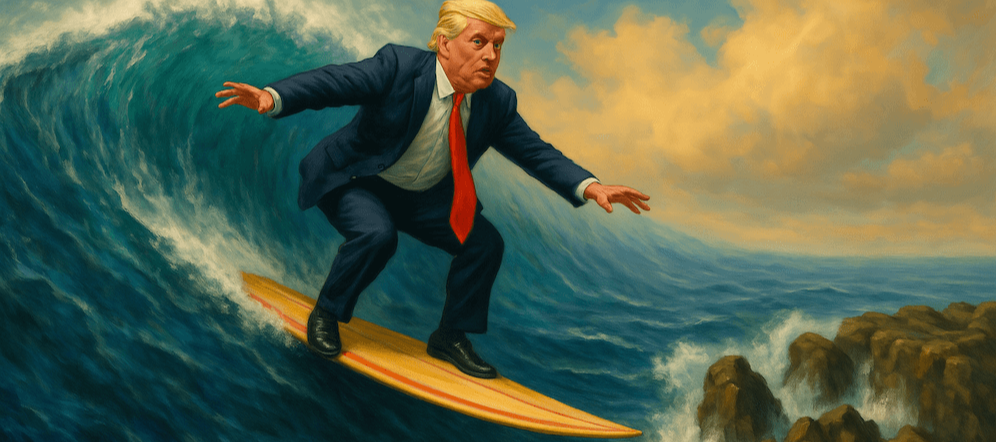
The GOP's High‑Water Mark?
Posted July 29, 2025
By Sean Ring
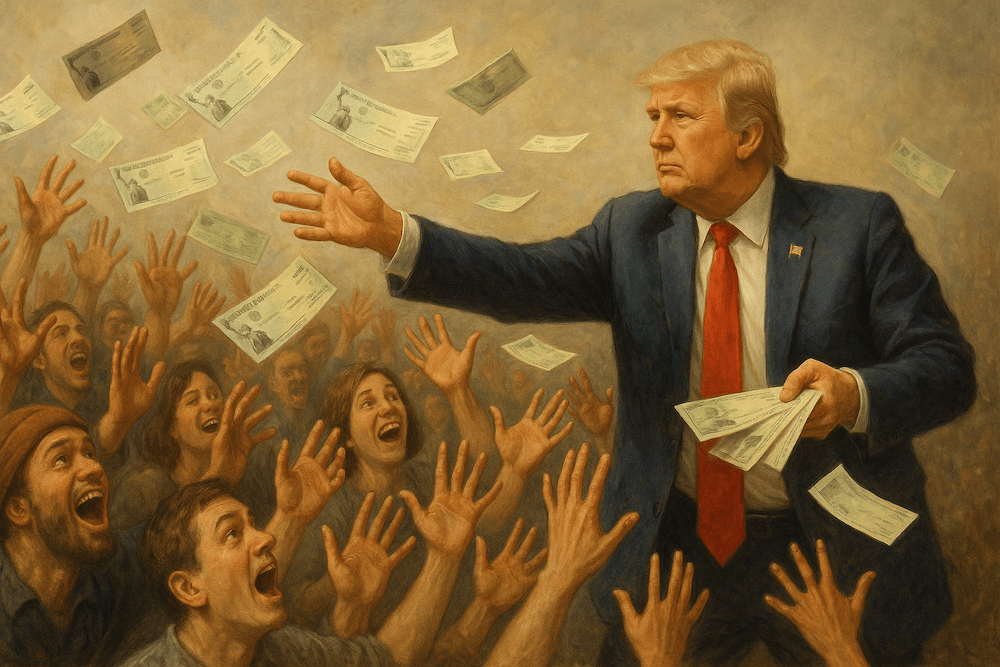
Will Trump’s Inflation Be ‘Transitory’?
Posted July 28, 2025
By Sean Ring

What I Learned Inside a Burning Schoolhouse
Posted July 25, 2025
By Byron King
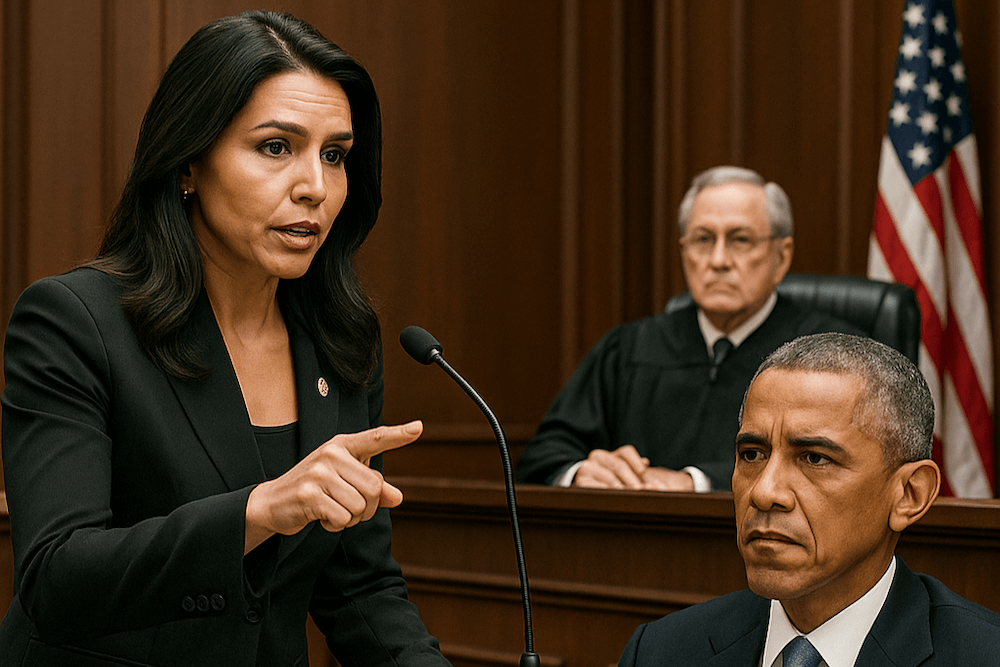
Treason, Truth, or Theatre?
Posted July 24, 2025
By Sean Ring
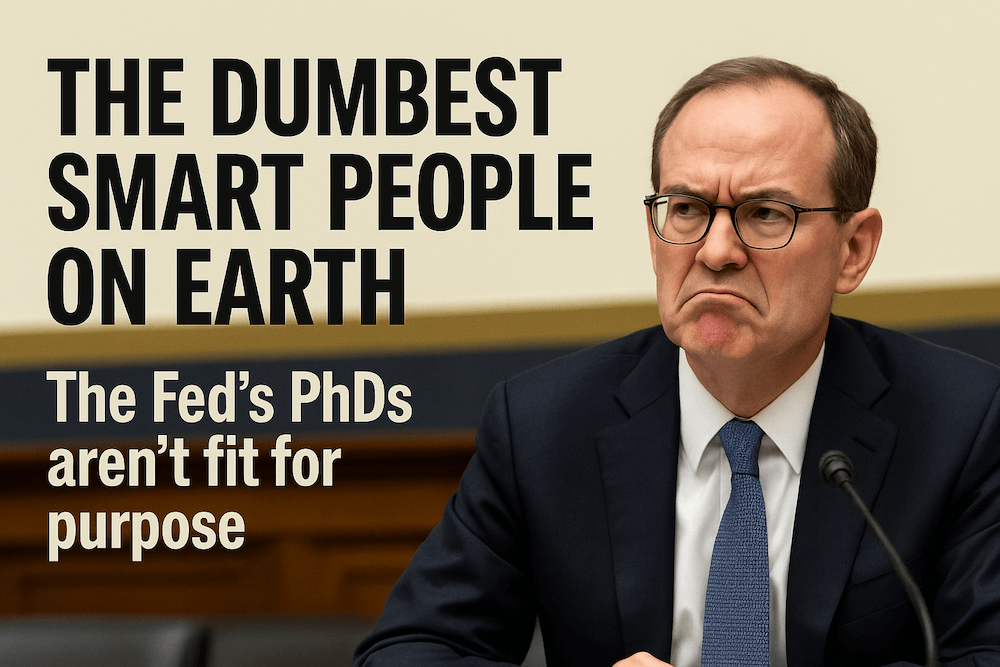
The Dumbest Smart People on Earth
Posted July 23, 2025
By Sean Ring
